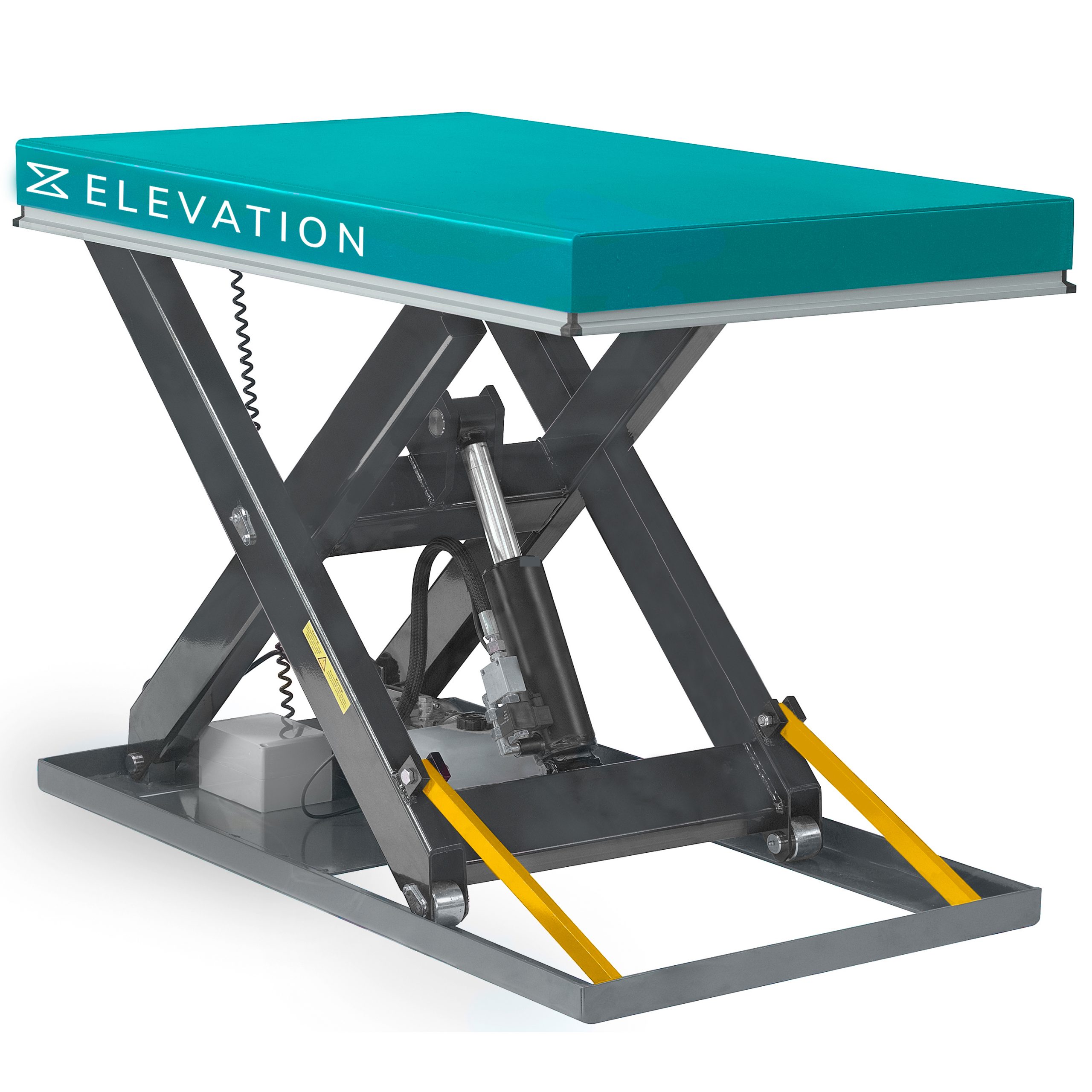Introduction:
In the realm of material handling and construction, scissor lifts play a crucial role in providing elevated access to workers and their equipment. These versatile machines are employed in various industries to streamline tasks that require working at heights. In this article, we’ll delve into the key features and types of scissor lifts, shedding light on their applications and functionalities.
Key Features of Scissor Lifts:
Scissor Mechanism:
- The defining feature of a scissor lift is its scissor-like mechanism, composed of linked supports that can be extended vertically. This design allows for a compact storage height while providing substantial elevation when in use.
Platform:
- Scissor lifts come equipped with a stable and spacious platform that accommodates workers, tools, and materials. The platform may have guardrails and toeboards for enhanced safety.
Hydraulic System:
- Most scissor lifts operate using a hydraulic system that controls the extension and retraction of the scissor mechanism. This system ensures smooth and controlled vertical movement.
Mobility:
- Scissor lifts are available in both stationary and mobile configurations. Mobile scissor lifts are mounted on wheels or casters, offering excellent maneuverability, making them suitable for various work environments.
Power Source:
- Scissor lifts can be powered by electricity, diesel, or dual-fuel systems. Electric scissor lifts are ideal for indoor use due to their zero-emission operation, while diesel-powered lifts are well-suited for outdoor and rough terrain applications.
Drive System:
- Mobile scissor lifts often feature a drive system that allows operators to move the lift easily from one location to another. This can be particularly useful when navigating large work areas or positioning the lift precisely.
Types of Scissor Lifts:
Electric Scissor Lifts:
- Ideal for indoor use, electric scissor lifts are environmentally friendly and produce minimal noise. They are commonly employed in maintenance tasks, installation projects, and warehouse operations.
Rough Terrain Scissor Lifts:
- Engineered for outdoor applications and challenging terrains, rough terrain scissor lifts feature robust construction, all-terrain tires, and powerful engines. These lifts are commonly used in construction sites and maintenance projects in uneven environments.
Compact Scissor Lifts:
- Designed for projects with limited space, compact scissor lifts have a smaller footprint while maintaining the benefits of elevated access. They are suitable for tasks in confined areas, such as narrow aisles or tight corners.
Stationary Scissor Lifts:
- Stationary scissor lifts are fixed in place and are commonly used for material handling tasks in loading docks, warehouses, and manufacturing facilities. They provide a stable platform for lifting and positioning materials.
Conclusion:
Scissor lift are indispensable tools in various industries, offering a safe and efficient means of working at heights. Understanding the key features and types of scissor lifts enables businesses to choose the right equipment for their specific applications. Whether it’s maintenance, construction, or material handling, scissor lifts elevate both workers and productivity to new heights.




